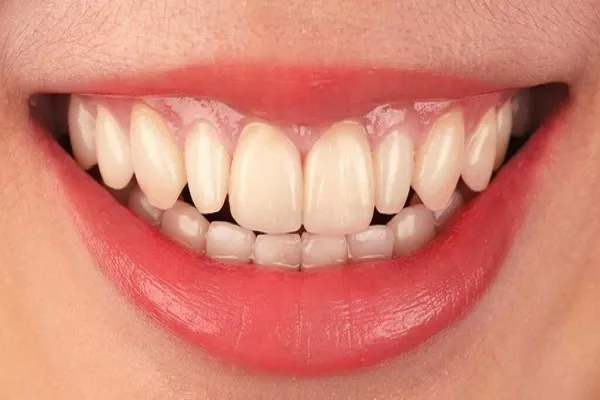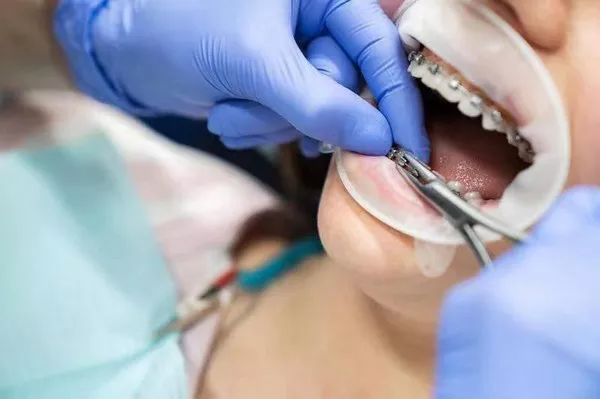Tooth extraction is a common dental procedure that involves removing a damaged or decayed tooth from the mouth. If you are considering dental implants to replace a missing tooth, you may be wondering how soon after tooth extraction you can have an implant.
Here’s what you need to know:
- Healing process:
After a tooth extraction, the surrounding bone and tissue need time to heal before an implant can be placed. This process typically takes several months, and your dentist will monitor your progress to determine when you are ready for an implant.
- Bone density:
The density of your jawbone will also play a role in the timing of your implant procedure. If you have low bone density, you may need a bone graft procedure before an implant can be placed. This can add several months to the overall process.
- Immediate implants:
In some cases, your dentist may be able to place an implant immediately after a tooth extraction. This is only possible if there is enough healthy bone present to support the implant.
- Socket preservation:
Another option for patients who are not able to have an immediate implant is socket preservation. This involves filling the empty tooth socket with a bone graft material to help preserve the surrounding bone and tissue for a future implant.
- Consultation:
The best way to determine the timing of your implant procedure is to schedule a consultation with an experienced dental implant specialist. They will evaluate your individual situation and recommend the best course of treatment for your needs.
In conclusion, the timing of a dental implant procedure after a tooth extraction can vary depending on your individual situation. In most cases, several months of healing time are required to allow the surrounding bone and tissue to heal properly. Your dentist will evaluate your jawbone density and monitor your healing progress to determine when you are ready for an implant. In some cases, immediate implants or socket preservation may be an option. Scheduling a consultation with a dental implant specialist is the best way to determine the right timing for your implant procedure.
































